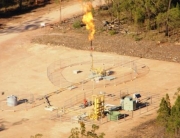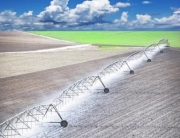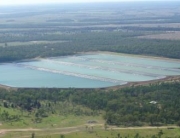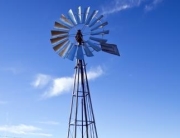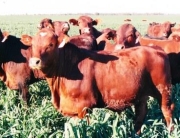Risks to bores and problems with “make good”
There are genuine risks posed to water bores from CSG activities. Essentially they are quantity risks which are due to drops in water levels of a bore due to direct removal or movement between aquifers and quality risks which might be because of inter-aquifer mixing or being contaminated by chemicals, gas impurities or radon or the like due to opening up migration paths or mobilising things that were otherwise stable.
The CSG projects in Queensland were approved and instigated with haste and little regard to water impacts. In 2010, the then government moved the make good obligations from the P & G Act into the Water Act and set up a framework which is now contained in Sections 361 to 434 of the Water Act. This was said to implement a new regime to address community concerns.
The Make Good regime now involves three key concepts – the Underground Water Impact Reports, Baseline Assessments and Make Good obligations.
Read more about what this means for landholders in a paper by Peter Shannon.
Presentation Bores and Make Good Agreements – Peter Shannon Shine Lawyers – June 2013>

